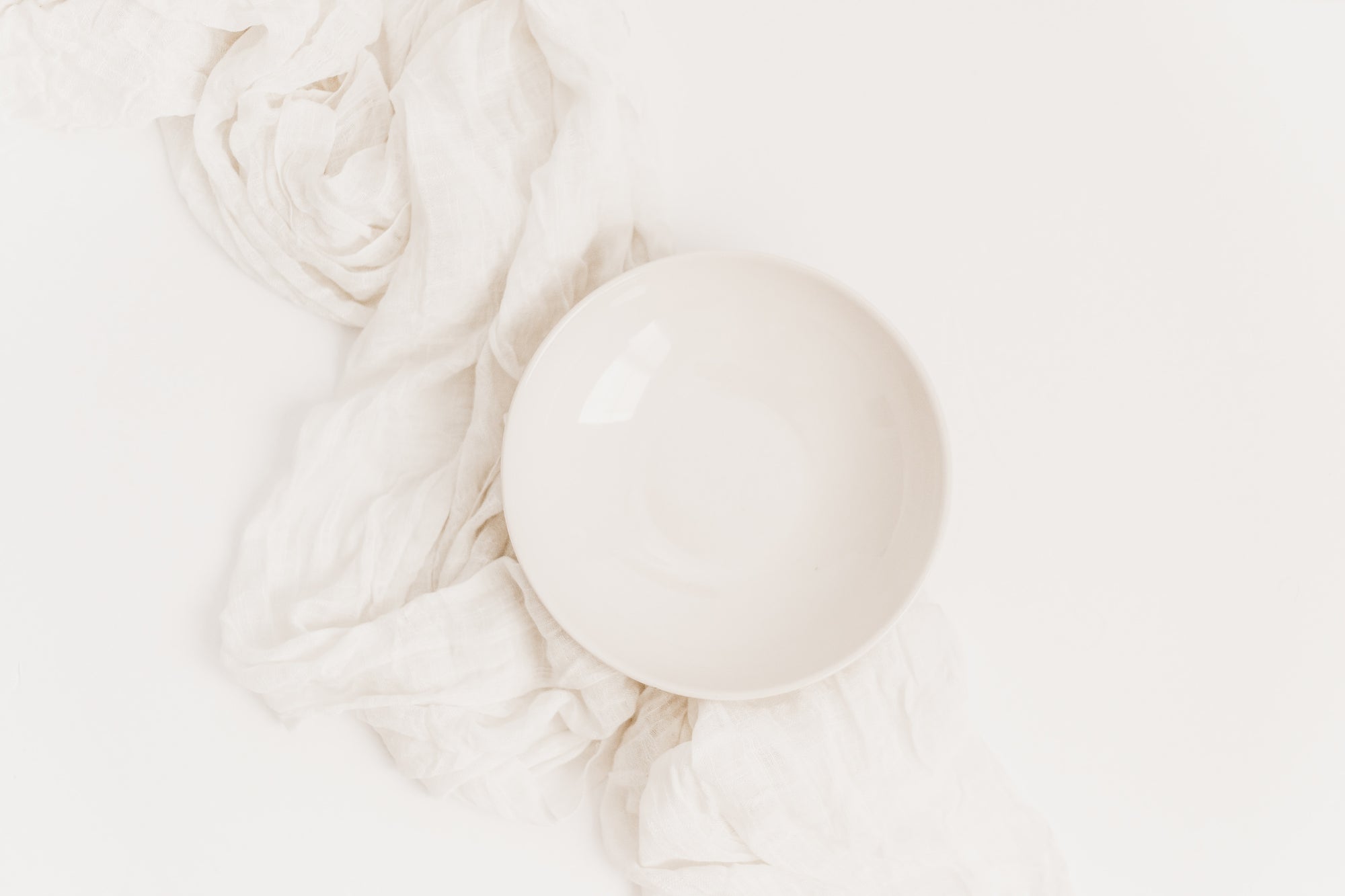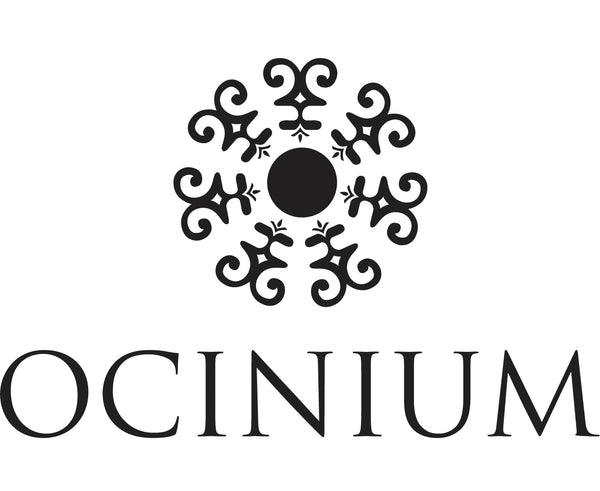Bone broth a source of collagen for natural anti-ageing
December 08 2015 – Cassandra Hilton

Ingredients:
Bones—poultry, beef, lamb, fish or shellfish. Grass fed or Organic where possible.
Raw bones, with or without skin and meat (raw bones and meat may be browned first in the oven, or in the bottom of the stockpot to enhance flavour and colour)
Use a whole carcass or just parts (good choices include feet, ribs, necks and knuckles)
Vegetables—peelings, ends, tops and skins or entire vegetables may be used
Celery, carrots, onions, garlic and parsley are most traditional, but any will do
If added towards the end of cooking, mineral content of vegetables will be higher
Vinegar—Apple Cider Vinegar with “the mother”, 2 tablespoons per 1 litre water
Water—cold, filtered water to cover both bones and vegetables
Preparation:
Combine all ingredients in a large stainless steel pot or pressure cooker. Bring to a boil and remove any scum that has risen to the top. Reduce heat, cover and simmer 6–24 hours (3-12 hours if using a pressure cooker). To reduce cooking time, smash or cut bones into small pieces before cooking. If desired, add vegetables in last half hour of cooking. Strain through a colander or sieve lined with cheesecloth for a clearer broth. If uncooked meat was used to start with, reserve the meat for soup or salads.
If you wish to remove the fat, use a gravy separator while the broth is warm or skim the fat off the top once refrigerated. Cold broth will gel when sufficient gelatin is present; ensure you stir this back into the stock. Broth may be frozen for months or kept in the refrigerator for about 5 days.
Uses:
As a base for making soups. Use broth in place of water to cook grains, beans and rice. Simply add Celtic or Himalayan salt and sip broth like tea. This is especially nice in the winter or if you’re feeling sick.
Adapted by Cassandra Hilton from
Traditional Bone Broth in Modern Health and Disease by Allison Siebecker (The Townsend Letter, February/March 2005)
Nourishing Traditions by Sally Fallon (New Trends, 1999)
